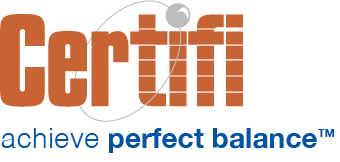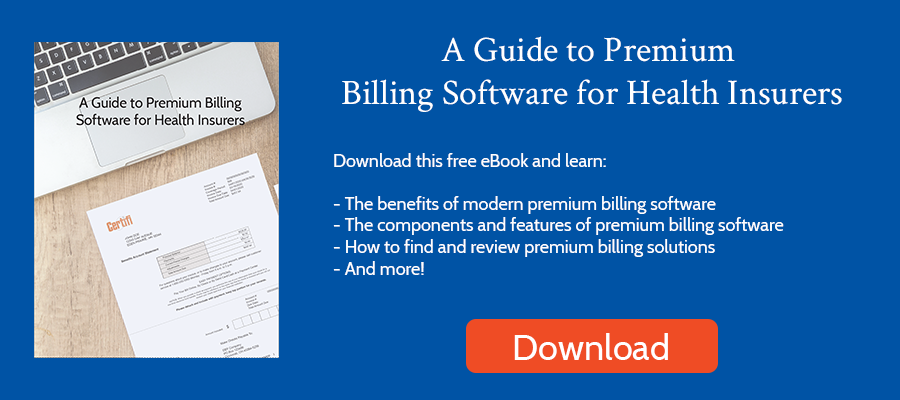In July, the Minnesota’s Department of Commerce released the 2025 proposed insurance rates for those buying in the individual market through the state’s health insurance exchange, MNSure, and in the small group market. The proposed rates are reviewed by the Department of Commerce before being finalized and released in early October each year. By mid-October, consumers can review plans and rates at MNSure.com, before the start of open enrollment on Nov. 1.
Here’s a look at the 2025 Minnesota proposed insurance rates:
Which health plans submitted rates?
Five health plans submitted proposed 2025 Minnesota health insurance rates in the individual market. They are:
- HealthPartners, Inc.
- Blue Plus
- Medica
- Quartz Health Plan
- UCare
In the small group market, the insurers included:
- Blue Cross
- Blue Plus
- Health Partners, Inc.
- Medica
- Quartz
- Sanford
- UnitedHealthcare Insurance Company
- UnitedHealthcare of Illinois, Inc.
These are primarily the same insurers from a year ago, though HealthPartners Insurance company (not to be confused with its affiliate, Health Partners, Inc.) isn’t offering plans in 2025 in the group market but did in 2024. No new insurers entered the Minnesota market in 2025.
In the 2024 individual market, Blue Plus and Medica offered plans throughout the state. HealthPartners offers plans in most counties in the Twin Cities metro, Central Minnesota, and Western Minnesota. UCare offered plans in all but a few counties in southern Minnesota, while Quartz served a few counties in southeastern Minnesota.
What was the average insurance rate change for 2025?
The proposed rate change for each insurer is shown below:
| Health Insurer | Individual Rate Change | Group Rate Change |
|---|---|---|
| Blue Plus | 12.75% | 10.47% |
| HealthPartners, Inc. | 7.69% | 12.55% |
| Medica Insurance Company | 1.95% | 3.71% |
| Quartz Health Plan | 9.35% | 15.82% |
| UCare | 8.80% | N/A |
| Blue Cross | N/A | 15.78% |
| Sanford | N/A | -6.29% |
| UnitedHealthcare Insurance Company | N/A | 11.10% |
| UnitedHealthcare of Illinois, Inc. | N/A | 12.02% |
For most insurers, that insurance rate change is up slightly from a year ago in both individual and small group markets. Here are the rate changes in 2024:
| Health Insurer | Individual Rate Change | Group Rate Change |
|---|---|---|
| Blue Plus | 3.00% | 4.30% |
| HealthPartners, Inc. | 5.50% | 6.75% |
| Medica Insurance Company | 1.90% | 7.09% |
| Quartz Health Plan | 3.17% | 8.58% |
| UCare | 5.45% | N/A |
| Blue Cross | N/A | 4.30% |
| Sanford | N/A | 3.39% |
| HealthPartners Insurance Company | N/A | 15.58% |
| UnitedHealthcare Insurance Company | N/A | 11.81% |
| UnitedHealthcare of Illinois, Inc. | N/A | 13.56% |
What reasons did insurers provide for the premium rate increase?
Insurers must submit an actuarial memorandum to support their rate increase. These memorandums are usually heavily redacted but can highlight reasons for projected insurer costs and premium increases. Here’s an overview of premium change reasons provided by each insurer:
Individual Market
- HealthPartners, Inc. – The primary driver for rate increases cited by HealthPartners was increased utilization and cost.
- Blue Plus – Blue Plus cited an 11.3% increase in claim costs from February 2023 to February 2024 as a primary driver for a rate increase in one of its plans. It also cited changes to the morbidity of the market and plan-level cost-sharing adjustment impacts from new regulations.
- Medica – Like other health plans, Medica finds the anticipated medical trend – both utilization and cost of services – to be a primary driver of premium rate increases. That trend is slightly lower than Blue Plus, at 7.4%.
- Quartz Health Plan – Quartz also indicated that utilization and service price increases were primary drivers of premium increases.
- UCare – You guessed it, UCare also cited medical trends – changes in utilization and cost of services – as a primary driver behind the rate change. Other factors included risk adjustment, primarily changes in UCare’s expected enrollment compared to the market, and plan benefits in the form of additional mandated services. UCare indicated a cost trend of 7.1%.
Group Market
- Blue Cross – Blue Cross cited healthcare cost trends, increased utilization, morbidity, and cost-sharing modifications due to regulatory requirements.
- HealthPartners – HealthPartners experienced a nearly $20 million loss in 2023 due to higher-than-expected claims, increased morbidity, and many high claimants. It expects the number of high claimants to decline but projects a 6.3% increase in medical and pharmacy claims in 2025.
- Medica – Medica’s group annual cost/utilization trend was 5.2%
- Sanford – As the only insurer reducing its premium on average in 2025, Sanford’s filing didn’t indicate why it planned a premium rate reduction. It has a small member based in Minnesota, however.
- UnitedHealthcare – UnitedHealthcare pointed to the increasing cost of medical care, increased utilization, higher cost from deductible leveraging, cost-shifting from the public sector to the private, and the impact of new technology as primary drivers for premium increases.
How do the 2025 Minnesota health insurance rates compare nationwide?
They’re very similar. KFF recently released a report indicating that Affordable Care Act (ACA) marketplace insurers planned to raise rates by about 7% in 2025. KFF found many insurers expected rate increases between 5% and 10%. Similar reasons were given by insurers nationwide for pricing increases, including a rising cost and utilization trend. KFF dug deep into 10 states and found the median medical trend was 8%, similar to that reported by health insurers in Minnesota.
Certifi’s health insurance premium billing and payment solutions help healthcare payers improve billing accuracy while reducing administrative costs.



